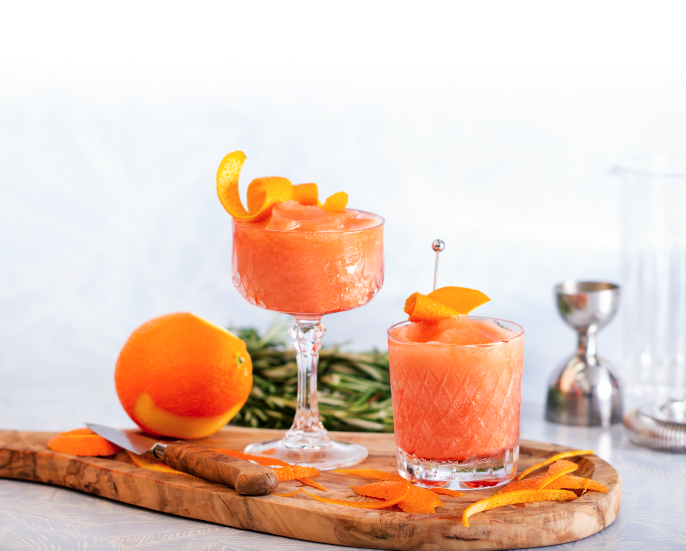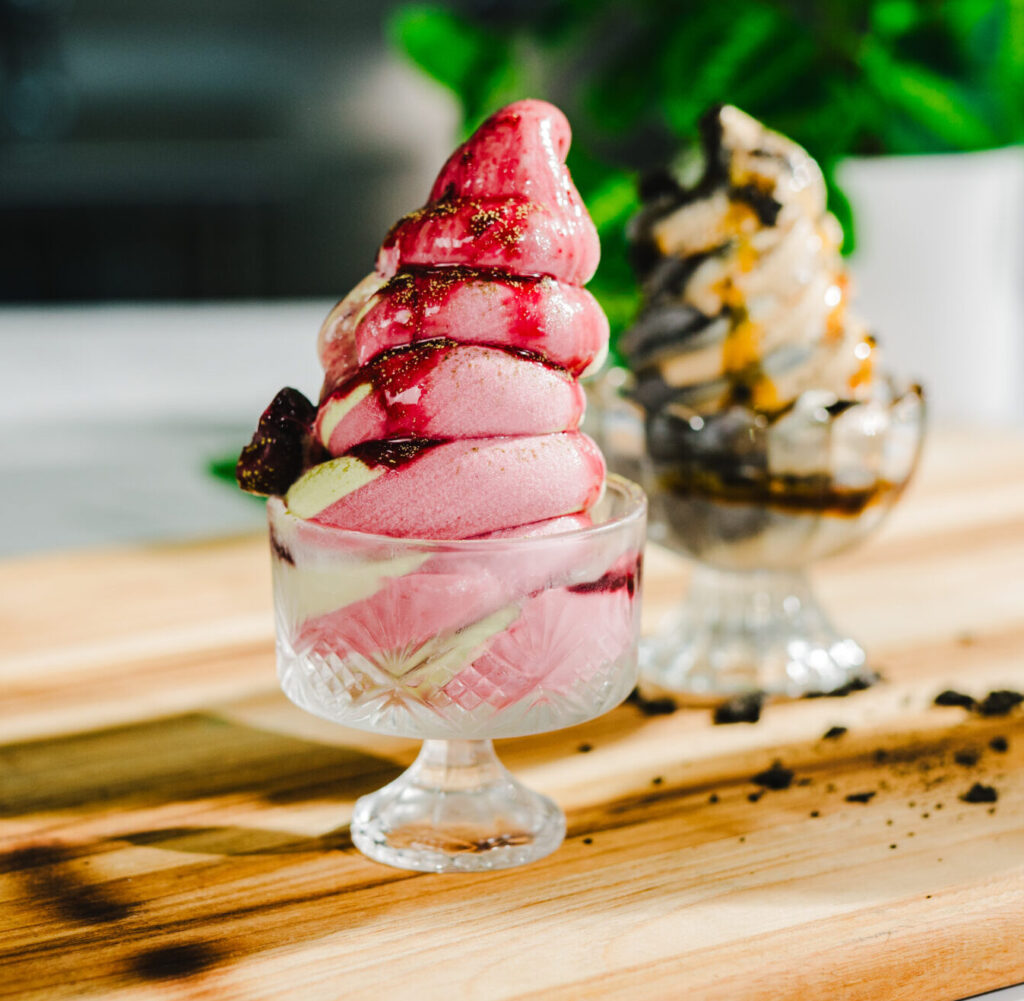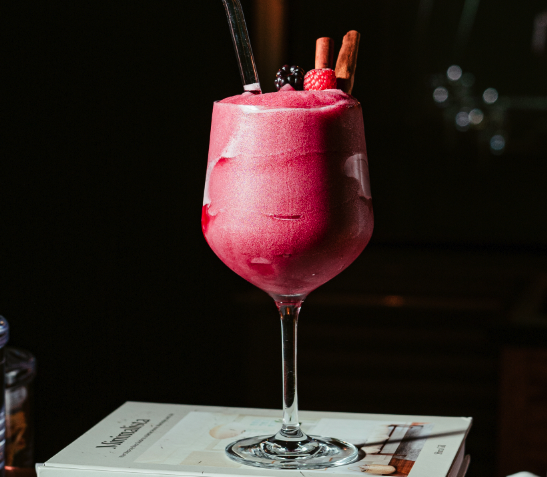Flavor is at the heart of every unforgettable dessert and beverage. From the rich, creamy notes of a vanilla custard to the bright, zesty burst of a citrus tart, the flavors we experience shape our perceptions of quality and craftsmanship. But have you ever paused to wonder what exactly gives your favorite foods and beverages their distinct taste? More importantly, does it matter whether those flavors are natural or artificial?
Today’s consumers and culinary professionals alike are becoming more curious about the origins of the ingredients they use. Questions around natural flavors versus artificial flavors are increasingly common, especially as clean-label products and transparency in food sourcing become industry standards. While both types of flavorings serve a role in dessert making, understanding the difference can empower you to make informed decisions that align with your culinary goals and values.




